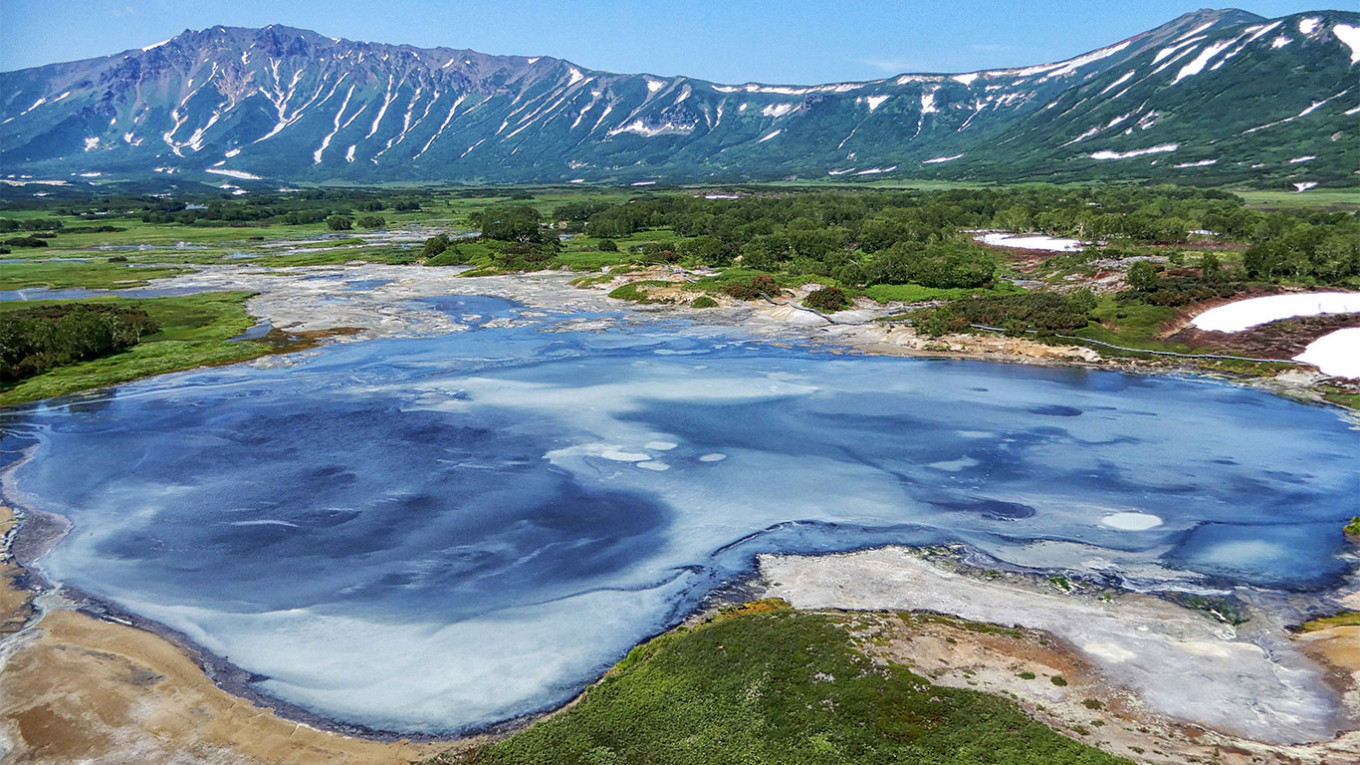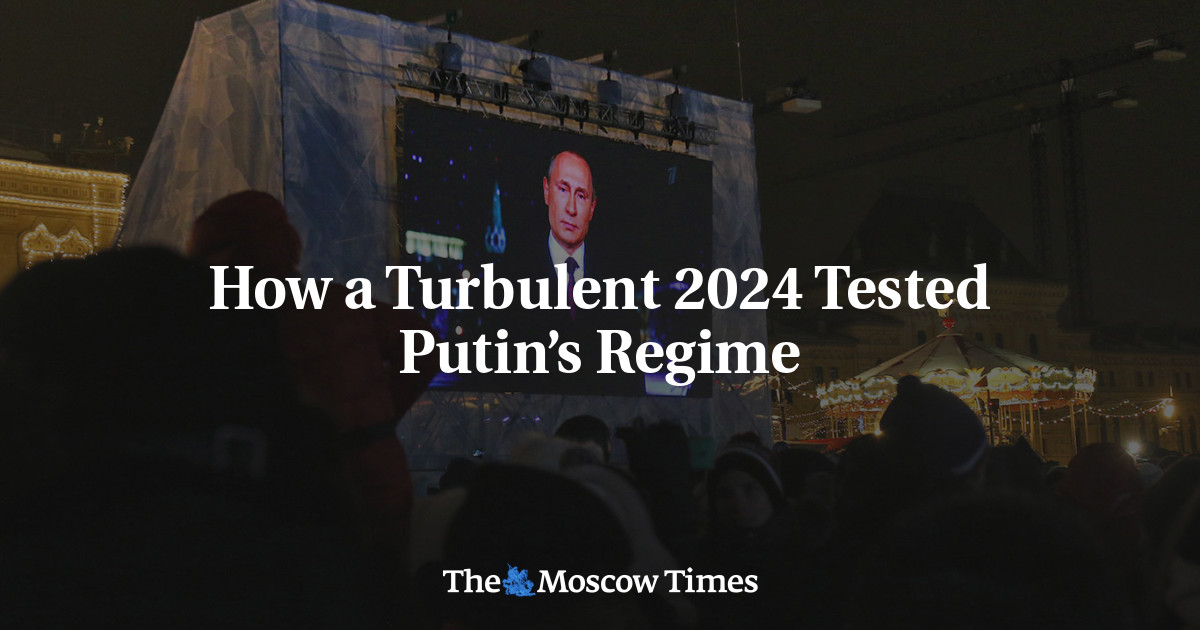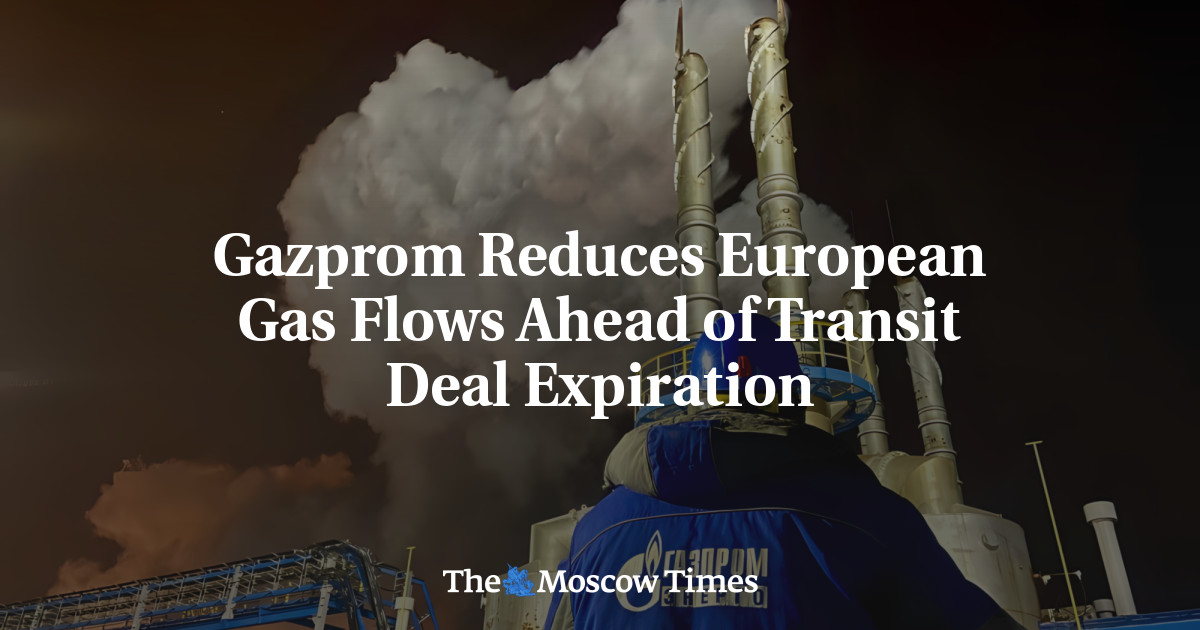 Kronotsky Reserve on Kamchatka Peninsula.
Rost.galis (CC BY-SA 4.0)
Kronotsky Reserve on Kamchatka Peninsula.
Rost.galis (CC BY-SA 4.0)
Glaciers on Russia's Far East Kamchatka Peninsula have shrunk by over a third since the mid-20th century, the state-run TASS news agency reported, citing Russian scientists’ measurements.
Known as the "land of fire and ice" because of its active volcanoes and expansive glaciers, Kamchatka is now threatened by climate change, with glacier melt accelerating this century.
Glaciers on the Sredinny Range — Kamchatka's longest mountain chain — and the Kronotsky Peninsula have lost 36% of their area since 1950, according to researchers from the Institute of Geography of the Russian Academy of Sciences.
The rate of retreat of the ice caps in the northern Sredinny Range from 2002 to 2017 was 4.3 times higher than from 1950 to 2002.
The researchers also noted a summertime temperature increase of 0.3 degrees Celsius per decade in the northern and northwestern parts of Kamchatka as well as a decrease in winter precipitation, factors that have likely contributed to the glaciers' retreat.
These areas of the peninsula have experienced higher-than-normal levels of solar radiation from May to September due to decreased cloud cover caused by anticyclones, the scientists said.
They linked the more frequent anticyclones over Kamchatka to the "expansion of the tropics," a phenomenon in which tropical zones advance toward the Earth's poles due to human-induced climate change.
Since early April, several Russian regions in the Urals and western Siberia have been battling devastating floods, which experts warn could become more frequent as climate change progresses.
 (1).png)
 8 months ago
14
8 months ago
14













